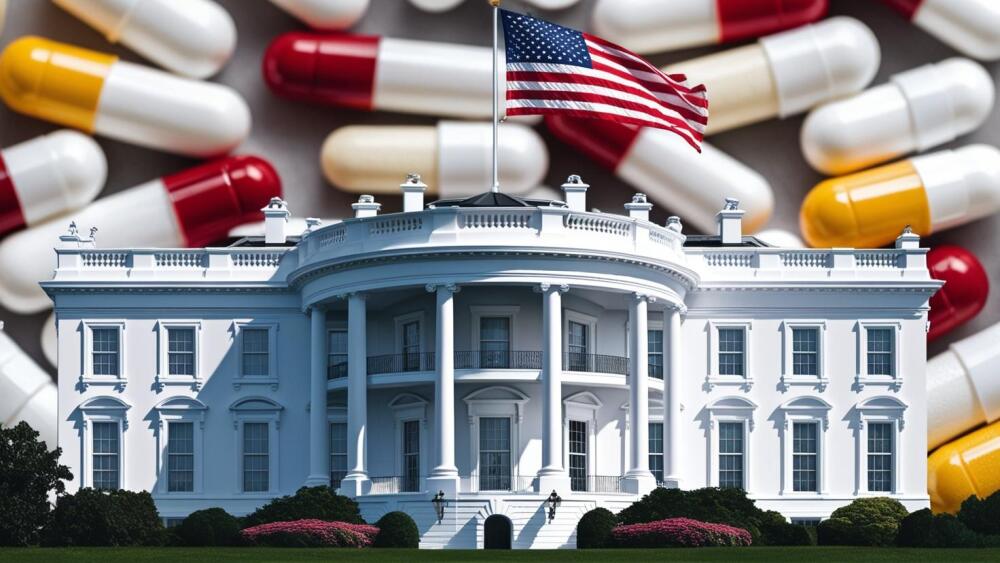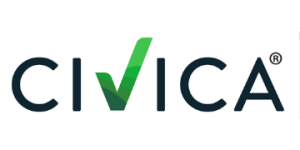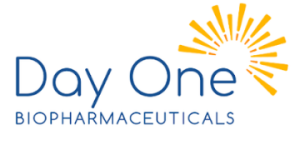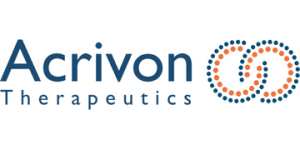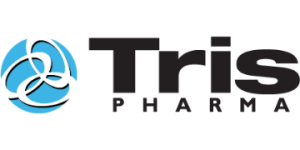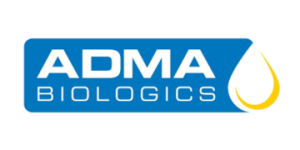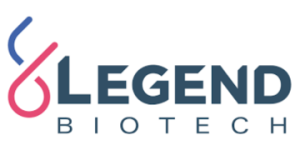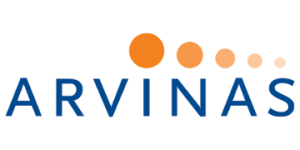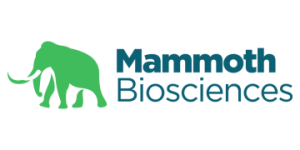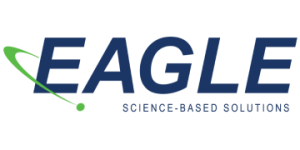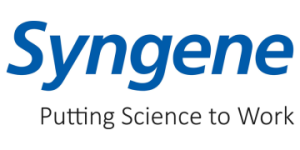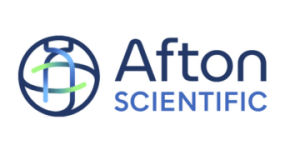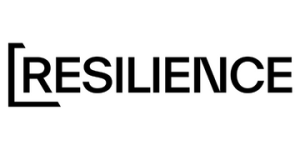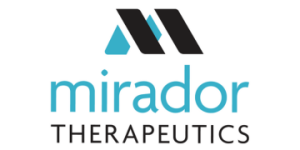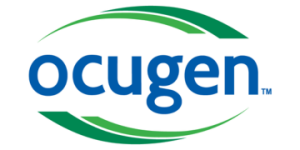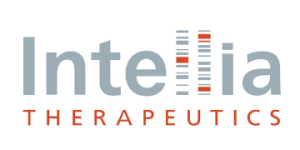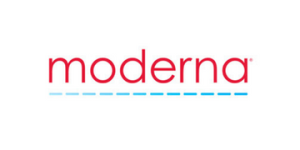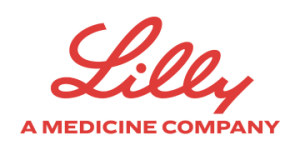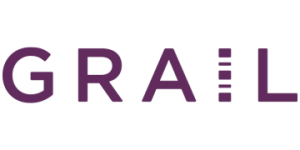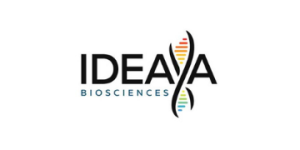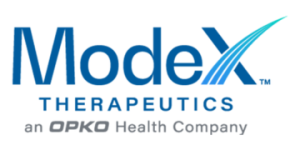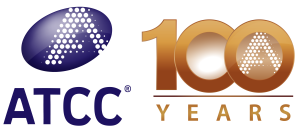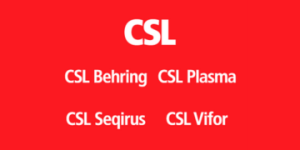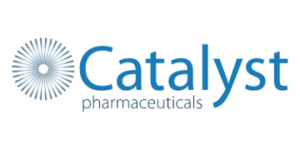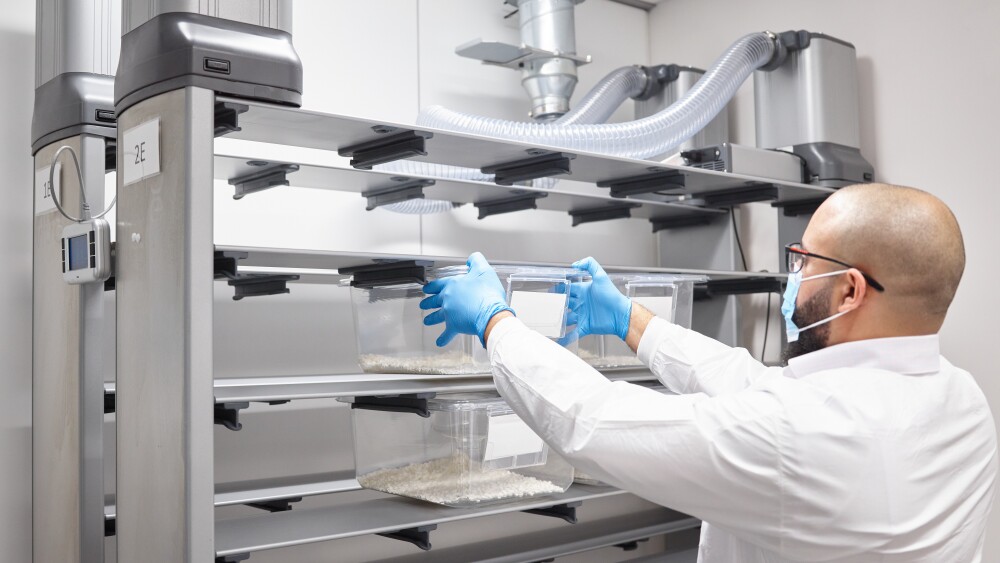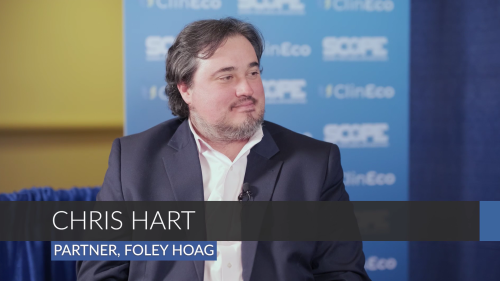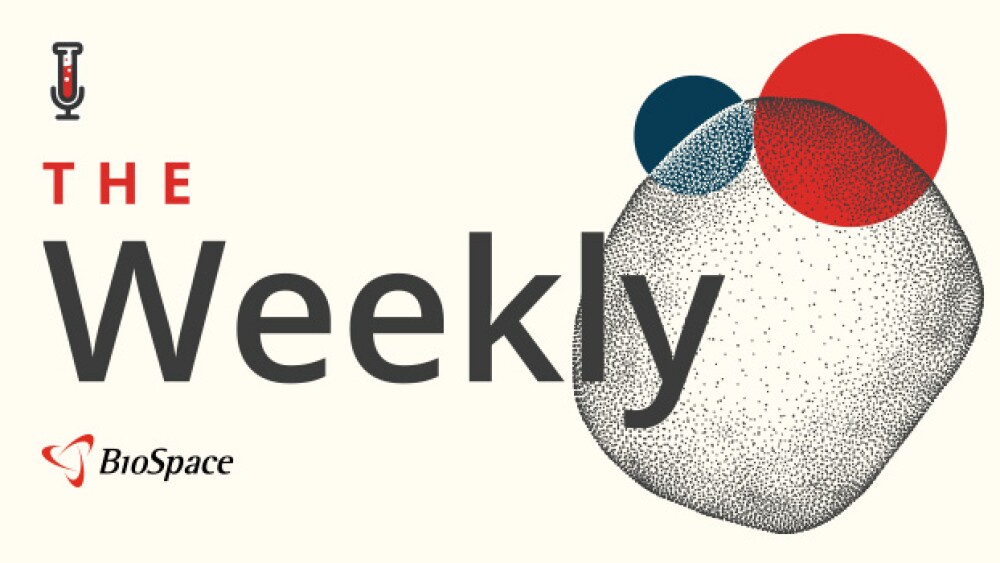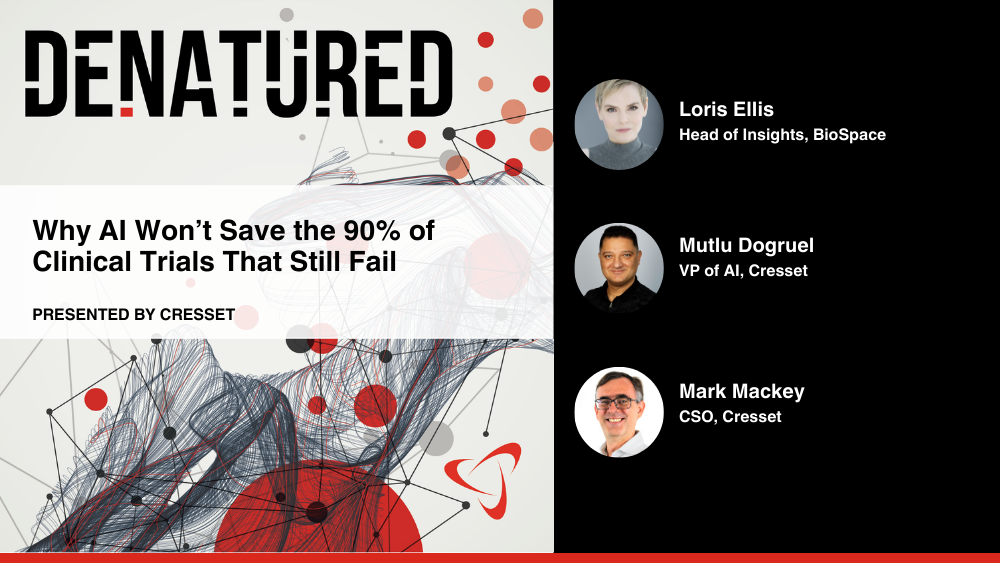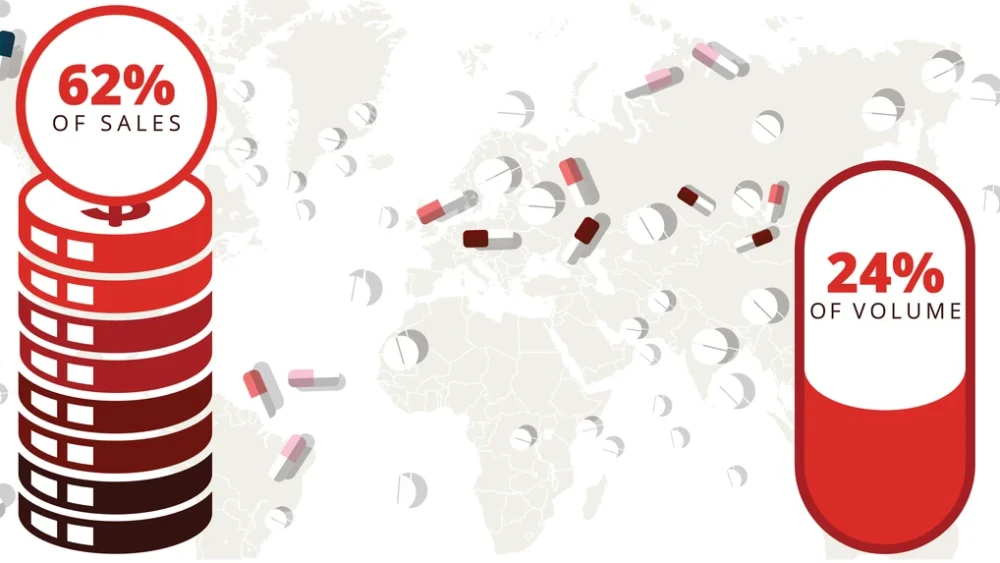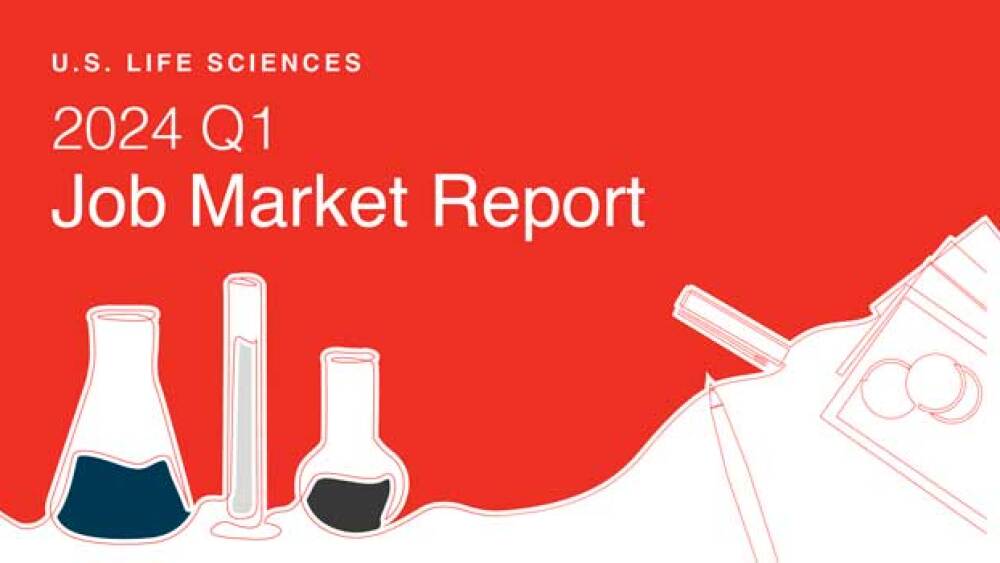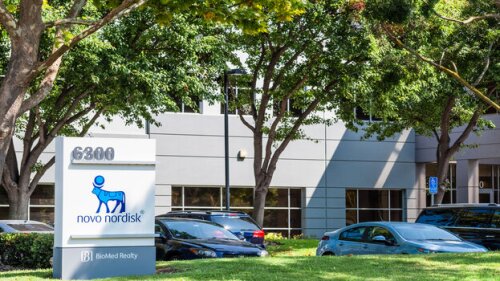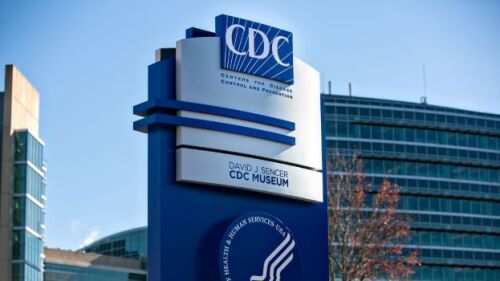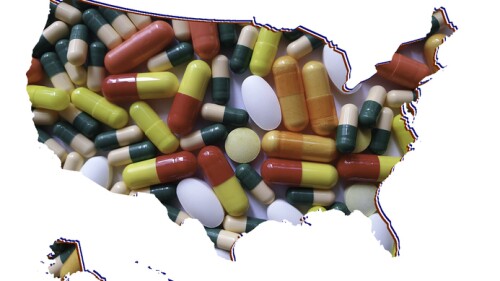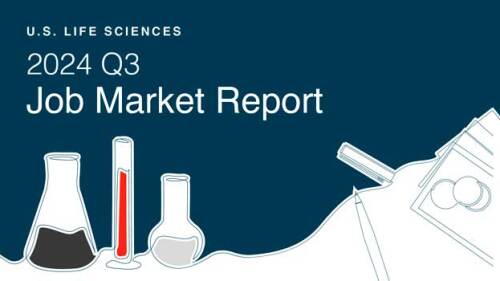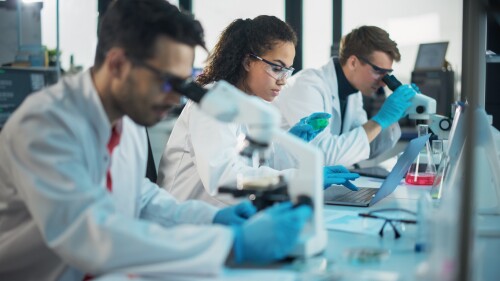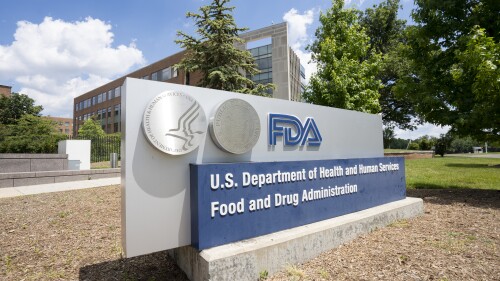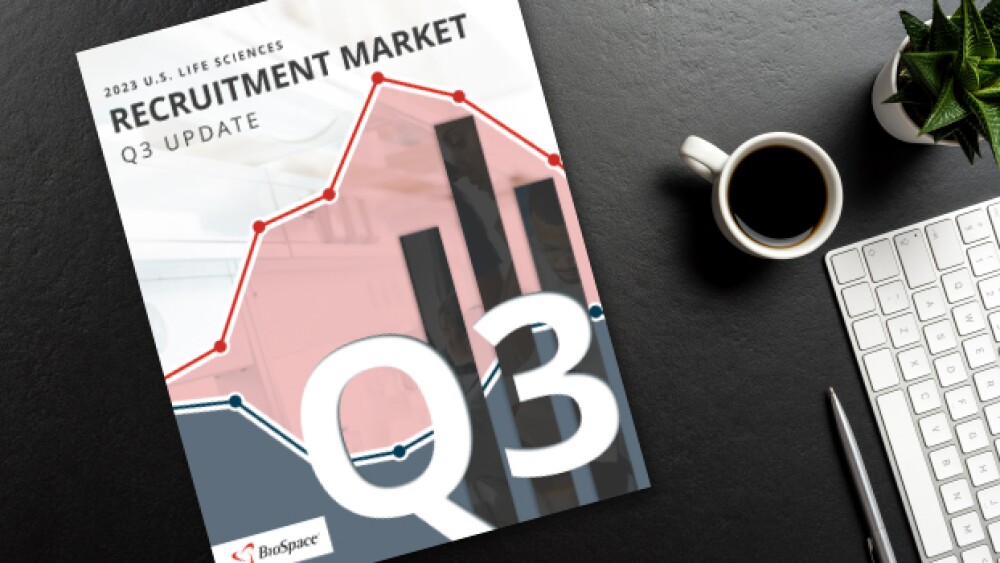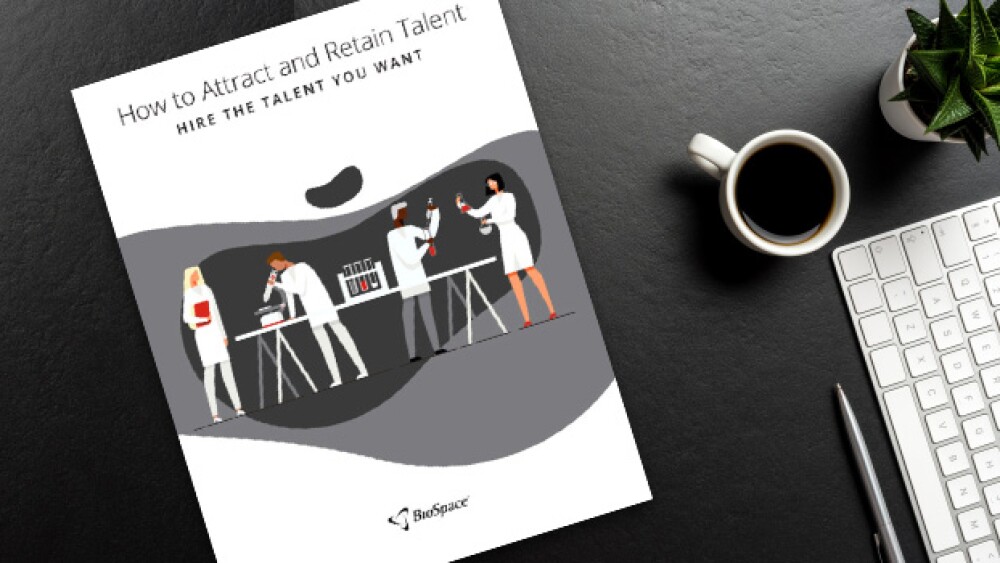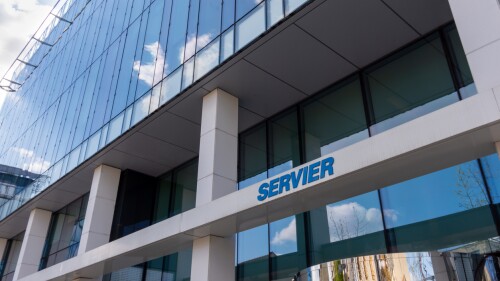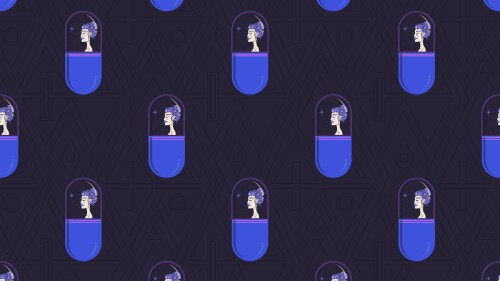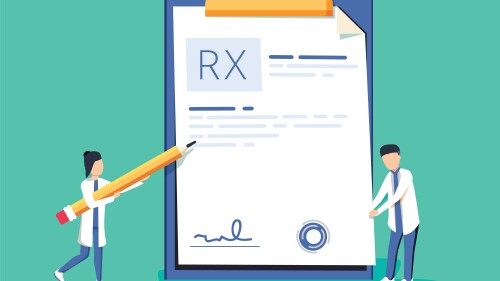The reprioritization initiative extends Aldeyra’s cash runway into the second half of 2027.
Eli Lilly and Johnson & Johnson are joining fellow Big Pharma peers in upping their investment in AI, with Lilly looking to create the industry’s ‘most powerful supercomputer’ and J&J building a virtual operating room.
As third-quarter earnings continue to roll out, Novartis makes headlines with the second biggest acquisition of the year; Novartis’ CEO also downplayed the impact of Big Pharma pricing deals with the Trump administration; Regeneron continued the trend of dropping cell therapy assets; BioSpace takes a look at how the FDA is functioning mid-shutdown.
Vas Narasimhan confirmed that Novartis is having weekly discussions with the Trump administration on drug pricing, but a deal has not yet been reached.
Phase I/II data for rese-cel point to its therapeutic potential in systemic lupus erythematosus and lupus nephritis, as well as other autoimmune conditions.
BioMarin no longer expects to hit its $4 billion revenue target by 2027, citing various market factors such as impending competition for achondroplasia therapy Voxzogo and the divestment of the gene therapy Roctavian.
FEATURED STORIES
The two most historically deal-conservative Big Pharmas have the most money to play with for a major M&A transaction, according to a recent Stifel analysis.
A new analysis from SRS Acquiom puts into perspective the headline values seen when a company announces a backloaded M&A deal. Biotechs have much on the line when they agree to deals with massive potential but little upfront.
Talks between pharma and successive U.K. governments have failed to deliver the market access terms that the industry wants, contributing to a pullback in investment.
Companies are moving from using AI for distinct operations to applying the technology for control and optimization of the whole production process.
Reshoring generic pharmaceutical production is essential in today’s era of geopolitical instability and heightened awareness surrounding national health security. And it is possible—if done right.
The FDA in September issued two rejections for spinal muscular atrophy therapies—both linked to manufacturing problems—and granted approvals in Barth syndrome and for a subcutaneous version of Merck’s Keytruda that could be key to the blockbuster’s future earnings.
LATEST PODCASTS
Closely watched data from Eli Lilly and Viking Therapeutics this month have reignited the discussion around oral weight-loss drugs—and their ultimate place within the anti-obesity medication market.
In this episode presented by Cresset, BioSpace’s head of insights Lori Ellis discusses clinical trial fail rates and AI’s potential to reduce preclinical costs with Mutlu Dogruel, VP of AI and Mark Mackey, CSO of Cresset.
A draft copy of an upcoming MAHA report reveals a strategy in lockstep with recent HHS actions such as reviving the Task Force on Safer Childhood Vaccines; Viking Therapeutics reports robust efficacy from mid-stage oral obesity candidate but is tripped up by tolerability concerns; Novo Nordisk wins approval for Wegovy in MASH; and Lilly takes a pricing stand.
Job Trends
Although the FDA has rejected Stealth’s new drug application for Barth syndrome candidate elamipretide, the agency identified a potential accelerated approval pathway. The company has pared down its staff to conserve resources to fund a potential resubmission.
Subscribe to Genepool
Subscribe to BioSpace’s flagship publication including top headlines, special editions and life sciences’ most important breaking news
SPECIAL EDITIONS
In this deep dive BioSpace analyzes the neuropsychedelic therapeutics pipeline, which grabbed headlines in February when the FDA accepted the New Drug Application for Lykos Therapeutics’ MDMA capsules for PTSD.
In this deep dive, BioSpace takes a closer look at the drug price crisis in the U.S. As President Joe Biden and former President Donald Trump gear up for a rematch in the 2024 election, we explore how federal reforms to lower costs could be leveraged on the campaign trail.
The job response rate has risen year over year, according to BioSpace data, indicating competition for roles posted on our website has increased.
DEALS
-
After spinning out of BridgeBio in May 2024, BBOT had an eye on another round of fundraising in 2025. A SPAC quickly emerged as the best option.
-
Vertex Pharmaceuticals commits $45 million upfront to leverage Enlaza Therapeutics’ War-Lock platform to create drug conjugates and T cell engagers for autoimmune diseases and gentler conditioning for sickle cell/beta thalassemia gene-editing therapy Casgevy.
-
Novartis is licensing ARO-SNCA, a preclinical siRNA therapy for synucleinopathies, a group of neurodegenerative disorders including Parkinson’s disease.
-
If the trend holds, IQVIA expects 2025 deal volume between Chinese and multinational companies to easily eclipse the 100 agreements signed in 2024.
-
The deal extends AbbVie’s commitment to the psychedelics space and depression, after emraclidine’s high-profile flop in schizophrenia last November.
WEIGHT LOSS
-
Suddenly one obesity asset has come to define Amgen but executives see a fuller portfolio that will bring the big biotech into the future.
-
While a win for consumers, the regulatory action did nothing to stem the manufacture of compounded versions of the popular obesity drugs that are made by Novo Nordisk and Eli Lilly. In fact, the FDA seems to be signaling that “some level of compounded product is acceptable,” according to BMO Capital Markets.
-
The World Health Organization’s Essential Medicines list guides high-level procurement and coverage decisions for over 150 countries.
-
Health Secretary Robert F. Kennedy Jr. will appear before the Senate Finance Committee Thursday, ahead of a vaccine advisory committee meeting later in September. Meanwhile, deal-making appetite appears healthy, and the weight loss space continues generating clinical data and other news.
-
Novo Nordisk’s Wegovy has been on a winning streak as of late, with a metabolic dysfunction-associated steatohepatitis approval last month and prime position in the oral obesity race.
POLICY
-
While the FDA is trumpeting this new initiative as “sweeping reforms” to the way drug companies can advertise, experts say the regulator is going after a problem that doesn’t exist.
-
The FDA has vowed to fix a pharma ad loophole—but they’re targeting the wrong one.
-
Like the first batch of appointees to the CDC’s vaccine advisory committee, several of the new panelists have documented histories of vaccine and COVID-19 skepticism.
-
Some observers see risks to becoming over-reliant on local facilities, noting the potential need for trade partners if domestic production is disrupted.
-
President Donald Trump is considering tariff exemptions for certain “non-patented” pharmaceuticals, though the White House has yet to release specific guidelines.
Check out five New York companies hiring biopharma professionals like you, including 2025 Best Places to Work winners.
Plus, communication errors that cost job offers and how to craft a LinkedIn “About” section
Year-over-year BioSpace data shows there are fewer job postings live on the website and far more competition for them.
At Johns Hopkins University, the biomedical engineering program’s Design Team offering lets undergraduates dive deep into clinical projects that can help them land industry jobs, get provisional patents or even start companies.
Not everyone who completes a life sciences Ph.D. wants to continue working in a laboratory or in research. If this is the case for you, here are 12 careers for Ph.D. life scientists outside of the lab.
Candidates looking to enter biotech should focus on cultivating key skills, thoughtfully crafting their resumes and putting their best, most authentic foot forward in interviews. An internship, co-op or fellowship won’t hurt, either.
HOTBEDS
REPORTS
This labor market report examines Q3 life science job market trends and the recruitment outlook for Q4 and beyond.
BioSpace surveyed life sciences employers to understand attitudes and current trends on AI usage in recruiting. This report explores the benefits of using AI tools in recruitment and provides practical recommendations for HR and talent acquisition professionals to leverage AI effectively. Concurrently, this report highlights the challenges and risks of using these tools without critical thought and intention.
As competition for life sciences talent peaks, BioSpace has undertaken research to determine what employers can do to ensure they don’t lose out on talent they actually want to hire and retain.
CANCER
-
Truist Securities called pumitamig’s data on Monday “very reassuring,” given the consistency between its performance in Chinese and global patient populations.
-
Ivonescimab elicited better overall survival in Asian patients with non-small cell lung cancer than in those from North America and European countries, in Western countries narrowly missing the statistical significance threshold the FDA is seeking.
-
According to analysts, the new data could present a path to accelerated approval for ifinatamab deruxtecan, a product of Merck and Daiichi Sankyo’s troubled ADC partnership.
-
Some of the biggest SPACs from the industry’s pandemic-fueled heyday are no longer on the market.
-
The French giant is gaining access to darovasertib, a small molecule protein kinase C inhibitor already in Phase II/III trials, with rights for the whole world besides the U.S.
NEUROSCIENCE
-
KER-0193 is a modulator of ion channels connected to autism spectrum disorder. The FDA bestowed orphan drug and rare pediatric drug designations on the candidate earlier this year.
-
New FDA expert panels, such as recent meetings on SSRI use during pregnancy and on hormone replacement therapy during menopause, are drawing criticism for being one-sided. One leader says such panels are designed to reach a specific conclusion.
-
Rick Doblin, the founder of the Multidisciplinary Association for Psychedelic Studies, which founded Lykos, bemoaned a “moving of the goal posts” in Lykos’ rejection but looked for positives in the newly released complete response letter.
-
The reprioritization effort will help AC Immune extend its cash runway through the third quarter of 2027.
-
While the approval of Leqembi Iqlik bodes well for Biogen and Eisai’s planned application for a subcutaneous induction regimen next year, its financial impact remains “uncertain,” as potentially higher revenues from the injection could be offset by steeper costs of production, according to Jefferies.
CELL AND GENE THERAPY
-
The FDA is hoping to repurpose GSK’s Wellcovorin for cerebral folate deficiency; Pfizer acquired fast-moving weight-loss startup Metsera for nearly $5 billion after suffering a hat trick of R&D failures; psychedelics are primed for M&A action and Eli Lilly may be next in line; RFK Jr.’s revamped CDC advisory committee met last week with confounding results; and Stealth secured its Barth approval.
-
Bluebird bio has re-emerged after a private equity buyout as Genetix Biotherapeutics, marking a return to its roots and a new path forward for manufacturing.
-
The White House is clamping down on pharma’s ability to buy new molecules from Chinese biotechs; Sanofi, Merck and others abandon the U.K. after the introduction of a sizeable levy; Novo CEO Maziar Mike Doustdar lays off 9,000 while the company presents new data at EASD; Capsida loses a patient in a gene therapy trial; and CDER Director George Tidmarsh walks back comments on FDA adcomms.
-
A new analyst survey suggests that doctors are still prescribing Sarepta’s Elevidys, even after a series of deaths in certain populations marred the gene therapy’s record.
-
The patient-specific nature of autologous cell therapies presents unique challenges that can best be addressed by a middle path between on-site and centralized manufacturing.














